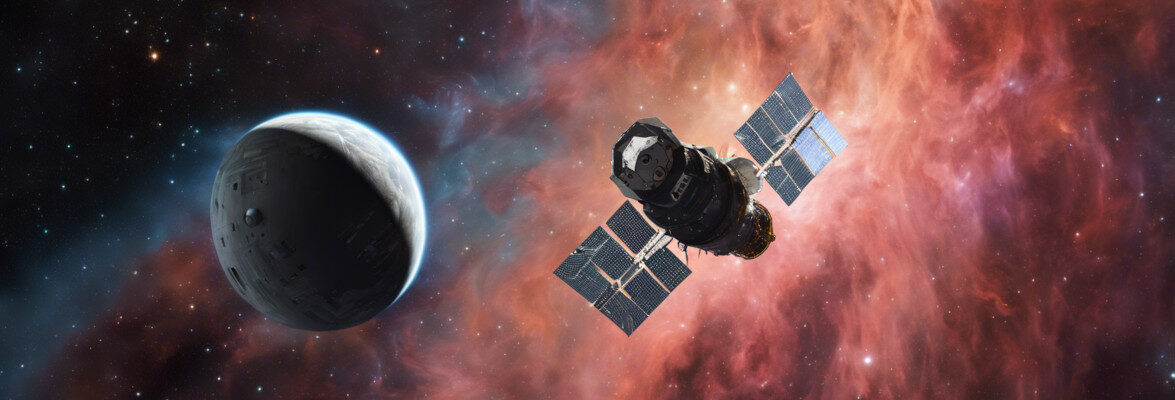
A few hours ago, the Sentinel-1B satellite, part of the Copernicus / GMES, was launched from the Kourou spaceport, in French Guiana, on a Soyuz-STA/Fregat-M rocket. After about 25 minutes, the satellite regularly separated from the rocket’s last stage and started sending signals. Along with it some nanosatellites of the CubeSat type and the Microscope microsatellite of the French space agency CNES were launched.
The Sentinel-1B satellite reached after just over two years its twin Sentinel-1A, launched on April 3, 2014. They’re part of the program originally called Global Monitoring for Environment and Security (GMES) and later Copernicus, which aims to create an autonomous system of territorial control through a constellation of satellites that have different functions.
Having two Sentinel-1 satellites in orbit will allow to have a better coverage of the territory. They’re equipped with an advanced instrument called SAR (Synthetic aperture radar) that allows to obtain images of the area they are flying over continuously, day and night and withh any kind of weather.
Having updated images of the territory is important in normal conditions to map its long-term changes but also keep track of human activities and their consequences. Among the most recent images there are for example those used to monitor aquaculture in the Mediterranean sea.
This type of activity becomes vital in case of emergency. In the two years of its mission, the Sentinel-1A satellite has already provided a lot of images of areas where there were earthquakes and floods and one of the first uses of the satellite was to monitor the flooded areas in the Balkans in spring 2014. Those are very useful information in the management of rescue and interventions to ensure the safety of buildings in the areas struck.
Among these recent uses of the Sentinel-1A satellite there’s the monitoring of the drought effects in Vietnam, considered the worst over the last 90 years. The continuously updated images of rice fields and the presence of water in the soil can provide vital information to local authorities.
Like its twin, the Sentinel-1B satellite has an expected life of at least 7 years. The two satellites will ensure coverage of the entire planet in just three days. In December 2015, ESA signed a contract with Thales Alenia Space for the construction of two other satellites of the same type that will be called Sentinel-1C and Sentinel-1D.

